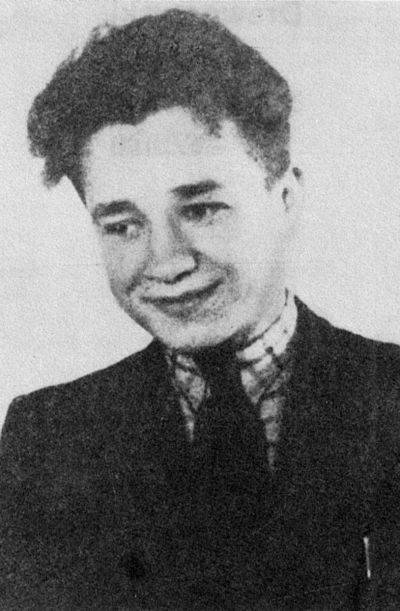Henryk Nazarczuk: Polish War Graves in Germany. A topography of death

13.12.1981 - prison. The official explanation for the internment decision No. 4/81: “… would be a threat to the security of the country and public order because he helps to organise social unrest.” Accusations, threats, or both at the same time, were a part of normal everyday life: and in the end I found myself once more in the country of the people which my parents and their friends who had shared the same fate in the Third Reich, had been talking about.
In 1986 when I was employed by a stone restoration company in Hannover (it was a period in which many “unknown” criminals laid waste to Jewish cemeteries and destroyed them), I was working with my colleagues in Holzminden on the River Weser. At the edge of the Jewish cemetery that was tantamount to a battlefield (countless upturned partially destroyed gravestones), almost overgrown with plants, stood a gravestone that was larger and, in complete contrast to the others, in the form of a red sandstone slab in which the following German inscription had been chiselled:
“Between the years 1942 and 1945 four Russian soldiers and 17 Polish citizens were laid to rest here as victims of the war”.
I drew a sketch of the memorial site on a piece of paper and copied the inscription. The next day I took a few photos and went to the Cemetery Administration office (the Jewish cemetery was a part of the Christian cemetery) on a “mission of exploration” . Here I discovered that there were further graves of “forced labourers” in other parts of the cemetery.
It was clear that not everyone had returned from the war!
At the time I had no idea that the photos, sketches and copies of the names would be the start of my unpaid documentation. My notes began to pile up for I was often sent to North Germany on jobs during which I gathered information. My wife, Małgorzata, who loved to keep everything “in a nice orderly fashion” gave me my first notebook. I took this to mean that she not only agreed with my commitment to Poland but also tolerated the fact that I often came back late from work because I had visited a cemetery on the way.
We were gradually rewarded for our political work. The work in the Hannover “Solidarność” club began to die down for we’d knocked out communism with our own “KO”[5]. The number of notes and notebooks increased. Something had to be done. My wife went on a course. We bought our first computer. After a crash course at home the notes that we had written by hand and on our typewriter were finally taken into a new era.
[5] Short for “Komitet Obywatelski” (Engl.: Citizens’ committee), a grass-roots organisation in Poland at the time of “Solidarność”.












